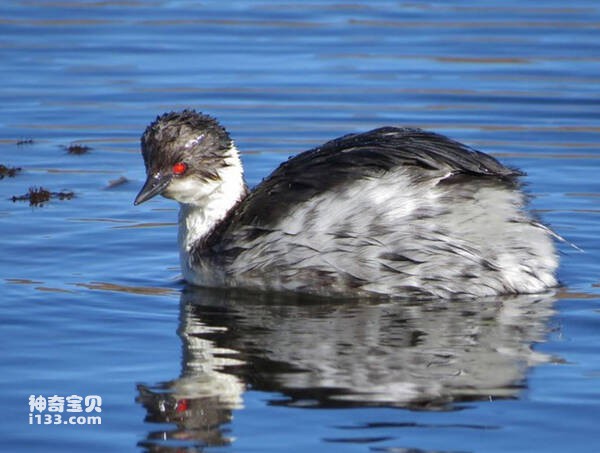Silvery Grebe
IUCN
LCBasic Information
Scientific classification
- name:Silvery Grebe
- Scientific Name:Silvery Grebe,Podiceps occipitalis
- Outline:Waterfowl
- Family:
Vital signs
- length:About 29 cm
- Weight:340-400g
- lifetime:No textual research information is available
Feature
The adult bird has a black brown mixed brown ruff on the upper neck, black brown on the upper body, and white on the lower body
Distribution and Habitat
It is found in South America, including Argentina, the Falkland Islands, Bolivia, Chile (Malvinas Islands) and Paraguay.
It is widely distributed in freshwater ponds and small streams in Chile, Argentina and the Falkland Islands. It inhabits the plants of freshwater lakes and marshes.
Appearance
The silver grebe is a loon. It is about 29 cm long. Weight 340-400 grams. Occipital with dark brown crest; The upper neck of the adult bird has a ruff of blackish brown mixed brown; The upper body is black brown, the lower body is white. The mouth is narrow and pointed, black, with white tips, and yellow-green near the mouth cleft. The iris is red. Black brown before eye, chin and upper throat; Lower throat, ear feathers, neck side red chestnut: upper body black brown, some feather tips pale; The primary and secondary feathers are grayish brown, the primary tip is grayish black, and the secondary tip is white; Large, middle cover dark gray black, small cover light dark brown; Tail feathers are very short, brown, brown, white and other colors doping; The anterior chest, hypochondriac and anal circumference are grayish brown. The tip of the anterior breast feathers is pale or white, the posterior breast and abdomen are silky white, slightly stained with grayish brown; Axillary and underw
Details
Silvery Grebe (Podiceps occipitalis) has two subspecies.

The silver grebe spends almost all of its life in water, often living in clusters. Not good at flying. They use their feet instead of wings and rarely walk on the ground. Can dive for food, generally diving only 1-4 meters deep. Food is mainly aquatic insects and larvae, crustaceans, mollusks, invertebrates, small fish and aquatic plants.

Every October, when the silver grebe breeds, it builds its floating nest under the cover of water plants, made of reeds, weeds, and some clay. Two eggs were laid in November and December. The first eggs are blue-green and gradually turn rusty brown as they hatch. The size of the egg is 51.5×35.8 mm. Incubation begins after the first egg is laid, and the incubation period is 20-23 days. The young are early sex, the body is densely feathered, can move freely, in the chicks hatched 2-3 weeks, the parent birds often put the chicks on the back, frightened diving they are under the wings.
Listed on the International Union for Conservation of Nature (IUCN) 2013 Red List of Threatened Species ver 3.1 - Low Risk (LC).
Protect wild animals and eliminate wild meat.
Maintaining ecological balance is everyone's responsibility!








